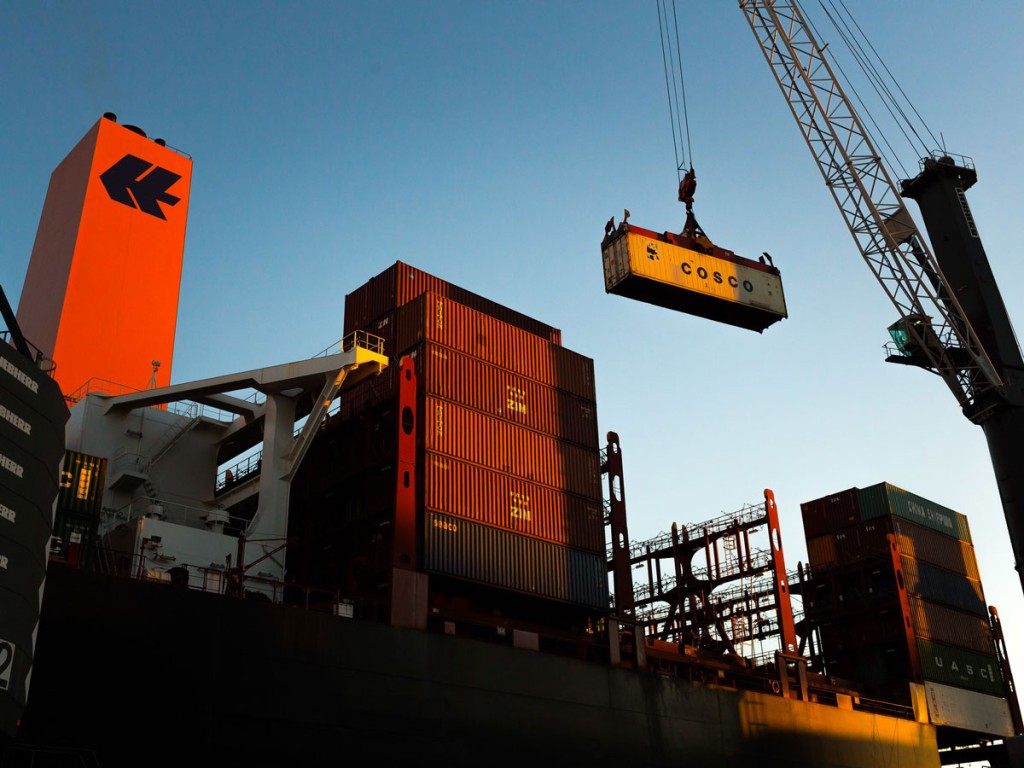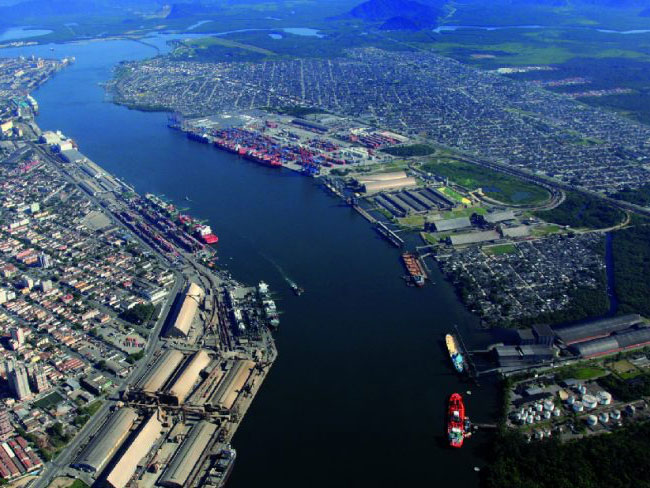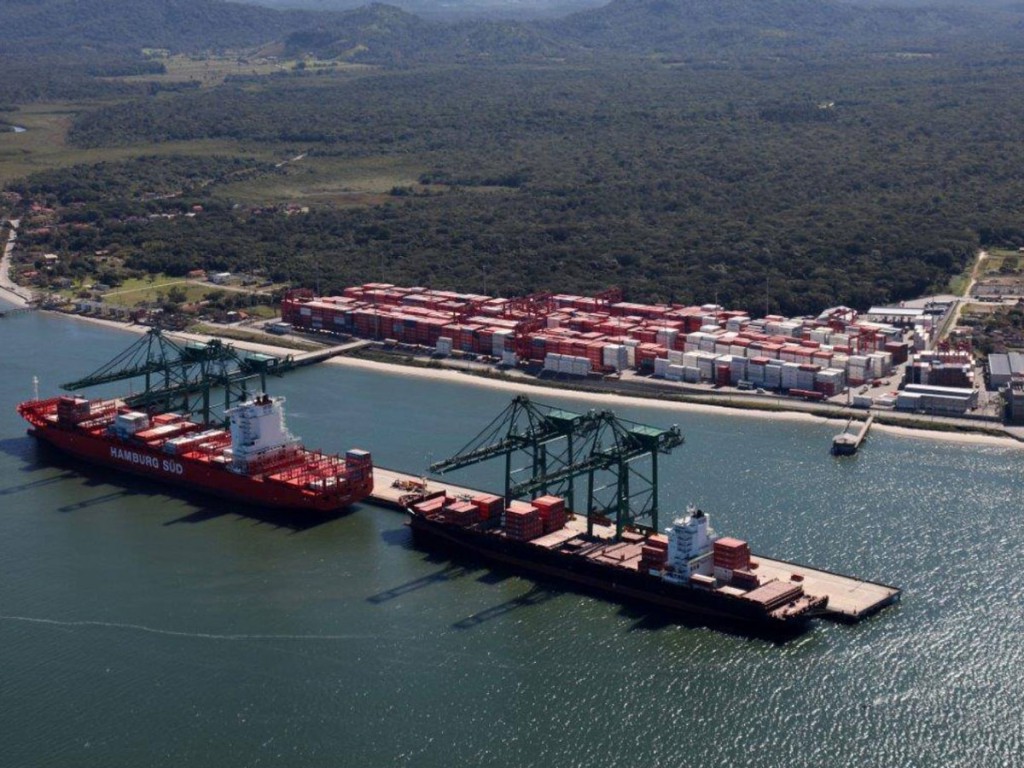Montevideo’s port faces stiff competition when it comes to regional trade. That’s likely to grow over time as bigger vessels ply routes from Asia, Europe and North America to South America and will press for fewer ports of call.
Already, for example, the entire southern portion of Argentina relies on feeder vessels to either Buenos Aires, Montevideo, or ports in southern Brazil. Likewise, feeder vessels from either Buenos Aires or Montevideo serve all the river traffic to Paraguay. That kind of competition will continue to heighten. Here’s a look at some of the competing ports and terminals.

Buenos Aires port is plagued with numerous problems. To begin with, there’s geography. The channel up the Rio Plata is 200 kilometers (124 miles), as opposed to 50 kilometers (31 miles) for Montevideo. And the Buenos Aires channel is shallow, only 9.7 meters (32 feet). That compares with Montevideo’s planned dredging to 14 meters (46 feet). A cumbersome bureaucracy slows down traffic as well.
“It’s a very, very expensive call for the shipping lines to make, both in terms of direct dollars, but also in terms of time,” said Michael Kaasner Kristiansen, president of the maritime consultancy CK Americas. “Buenos Aires costs a fortune in pilots, tugboats, money that you pay for access to the port.”
The Buenos Aires port terminals themselves are over-built for the traffic and are highly inefficient as well. The area supports five terminals, although two are inactive. “Buenos Aires has the distinction in Latin America of having the most terminals in one area,” said Kaasner Kristiansen.
In 2018, the government unveiled an ambitious plan to modernize the port, award a single concession and increase capacity from 1.4 million TEU to 3.1 million TEU. Instead, in May 2020, the government extended all the concessions for two years. Those extensions end next month and there’s no reason to believe they won’t be extended for another two years.
Add to all this labor issues, exacerbated by political and economic instability, including hyper-inflation, which last year topped 50%.
“Montevideo can take advantage of those weaknesses of Argentina,” said Vincent Vandecauter, general manager of Katoen Natie, the principal shareholder and operator of the Montevideo container port. “If you can be more productive, if you can offer better results, if you can offer better infrastructure, very fluent administrative process, then you will be able to capture volume.”

Santos: Brazil’s biggest port tells another story altogether. First of all, the volume of its business last year topped 4.8 million TEU, which dwarfs Montevideo’s. It serves Latin America’s biggest domestic market, with more than 200 million consumers, and is convenient to the nearby São Paolo megalopolis. Its shipping routes are well established. Santos serves as a first stop for most of the lines before they head to Montevideo, Buenos Aires, and smaller Brazilian ports.
Because of this primacy, it’s difficult to see Santos losing market share to Montevideo, except perhaps on the margin, with a bit more transshipment from Montevideo into Brazil’s border regions. However, either a feeder service from or trucking directly into Brazil means a border crossing, which adds another step — and delay and potential cost — to the process.

Itapoá and Rio Grande: These smaller Brazilian ports south of Santos are somewhat comparable in size to Montevideo. Last year, Itapoá was a bit below 500,000 TEUs and Rio Grande was 666,000 TEUs. Rio Grande is closer to Montevideo, just 300 nautical miles (345 miles) away, and it’s also near the Uruguayan border (and the Argentine border as well.) It’s making an effort to attract Uruguayan exports, notably meat and cellulose. This effort was aided by recurring labor strife last year in Montevideo, largely the result of the new agreement between the Uruguayan government and Katoen Natie. In 2020, Rio Grande finished a dredging project that deepened its channel to 15 meters (49 feet), making the port, already considered Brazil’s most efficient, more attractive to bigger vessels.
“Itapoá and Rio Grande are very successful ports, and they will definitely be strong competitors with us in the future,” said Vandecauter.




